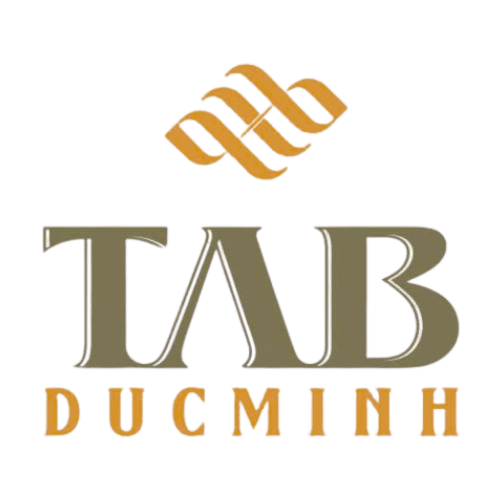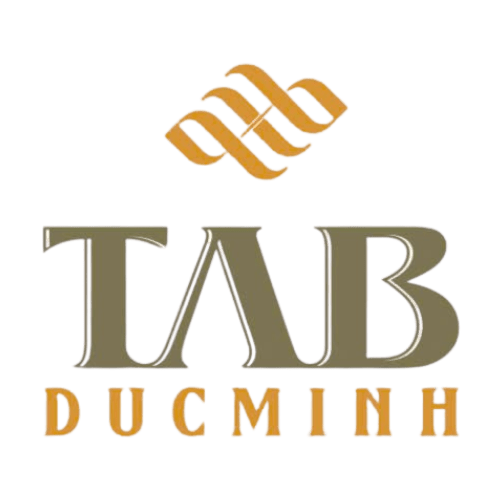Tin tức
How Trust Secures Digital Interactions Today
1. Introduction: The Importance of Trust in Digital Interactions Today
In an increasingly interconnected world, digital trust acts as the invisible glue that holds together online activities, commerce, and social engagement. Digital trust refers to the confidence users have that online platforms, services, and interactions are secure, reliable, and transparent. This trust is fundamental because, unlike face-to-face interactions, digital exchanges lack physical cues and immediate feedback, making trust a critical component for user engagement and safety.
Without a foundation of trust, users may hesitate to share personal data, conduct financial transactions, or participate in online communities. Consequently, understanding how trust is established and maintained in digital environments is essential for developers, businesses, and regulators aiming to foster safe and thriving online ecosystems.
Contents
- Foundations of Trust: Technical and Social Components
- The Role of Data Security and Privacy in Building Trust
- The Psychological Aspects of Trust in Digital Environments
- Modern Examples of Trust in Digital Interactions
- Case Study: How “Chicken Road 2” Demonstrates Trust in Digital Gaming
- The Science of Trust: Biological and Cultural Perspectives
- Historical Lessons on Trust and Innovation
- Challenges and Future Directions in Securing Digital Trust
- Conclusion: Building a Trust-Driven Digital Future
2. Foundations of Trust: Technical and Social Components
a. Technical security measures (encryption, authentication) and their role in establishing trust
Technical security is the backbone of digital trust. Encryption protocols like TLS (Transport Layer Security) ensure that data transmitted between users and servers remains confidential and unaltered. Authentication mechanisms—such as two-factor authentication or biometric verification—verify user identities, reducing the risk of impersonation or unauthorized access. For example, online banking platforms implement these measures to assure customers that their financial transactions are secure, fostering confidence in the platform’s integrity.
b. Social factors: reputation, user reviews, and community standards
Beyond technical safeguards, social elements significantly influence trust. Reputation systems, such as user reviews and ratings, provide transparency about service quality and reliability. Community standards and moderation help maintain a respectful environment, encouraging users to participate without fear of abuse or misinformation. These social signals act as trust anchors, guiding new users in their decision-making processes and reinforcing ongoing confidence.
3. The Role of Data Security and Privacy in Building Trust
a. Protecting user data as a core element of digital trust
Data security involves safeguarding personal information from breaches, theft, or misuse. Techniques like data encryption, secure storage, and regular vulnerability assessments are vital. When users see that their data is protected, their confidence in the platform increases. For instance, e-commerce websites that implement HTTPS and transparent privacy policies reassure consumers that their payment and personal details are safe, directly impacting their willingness to buy.
b. Regulatory frameworks (GDPR, CCPA) and their impact on user confidence
Legal frameworks such as the General Data Protection Regulation (GDPR) in Europe and the California Consumer Privacy Act (CCPA) in the US set standards for data privacy and user rights. These regulations require companies to be transparent about data collection and to give users control over their information. Such measures enhance user trust by demonstrating accountability and commitment to privacy, which are increasingly important in today’s digital landscape.
4. The Psychological Aspects of Trust in Digital Environments
a. Perception of reliability and transparency
Users assess trustworthiness based on perceived reliability—such as consistent service availability—and transparency about policies, procedures, and data handling. Clear communication about security practices, privacy policies, and incident responses helps establish a perception of honesty and dependability, which are crucial for long-term trust.
b. The influence of consistent positive experiences on trust development
Repeated positive interactions, like successful transactions or helpful customer support, reinforce trust. Conversely, frequent failures or opaque processes erode confidence. This reliance on experience underscores the importance of delivering dependable, transparent, and user-centric services in building and maintaining trust.
5. Modern Examples of Trust in Digital Interactions
Trust manifests across various sectors. Online banking platforms exemplify secure transaction environments, often employing multi-layered security protocols. E-commerce websites, such as Amazon, leverage customer reviews and secure payment options to foster confidence. Another notable area is browser-based gaming, which, despite being a distinct niche, generates approximately $7.8 billion annually. This figure reflects a high level of trust in the gaming ecosystem, where players entrust platforms with personal data and financial transactions.
a. Online banking platforms and secure transactions
Banks utilize advanced encryption, real-time fraud detection, and biometric authentication to secure user accounts. These measures are critical for maintaining trust in digital banking, especially as cyber threats evolve.
b. E-commerce sites and customer confidence
Reputation management, secure checkout processes, and transparent return policies are central to trust-building. Customer reviews serve as social proof, influencing new buyers’ confidence.
c. Browser games and trusted entertainment ecosystems
Browser games, such as popular multiplayer platforms, rely on secure payment systems, data privacy, and community moderation. Their success underscores the importance of trust in digital entertainment, where players must believe that their data and transactions are protected. For a detailed look into how trust mechanisms are embedded in digital gaming, consider the full Chicken Road 2 rules and gameplay.
6. Case Study: How “Chicken Road 2” Demonstrates Trust in Digital Gaming
a. The game’s approach to user data privacy and secure payment systems
“Chicken Road 2” exemplifies modern trust practices within digital gaming. The game employs encrypted transactions for in-game purchases and ensures that user data is stored securely, complying with relevant privacy standards. Such practices are vital in an industry increasingly targeted by cyber threats.
b. Community reputation and user feedback shaping trustworthiness
Player reviews and community moderation contribute significantly to the game’s reputation. Positive feedback reinforces trust, encouraging new players to join, while transparent communication about updates and policies maintains ongoing confidence.
c. Comparing trust mechanisms in gaming with other digital sectors
Like banking or e-commerce, digital gaming relies on security protocols, transparency, and community standards. The integration of these elements in “Chicken Road 2” demonstrates that trust is a universal principle across digital domains, ensuring user engagement and platform sustainability.
7. The Science of Trust: Biological and Cultural Perspectives
a. Hyaluronic acid in a rooster’s comb as a metaphor for trust’s biological foundation
Biologically, trust can be likened to the natural mechanisms that sustain life. Hyaluronic acid in a rooster’s comb provides structural support and hydration, symbolizing the biological basis of trust—something that holds vital systems together. Just as this compound maintains physical integrity, trust maintains the cohesion of digital communities and systems.
b. Cultural influences on trust perceptions in digital platforms across different regions
Cultural norms shape how trust is perceived and constructed in digital environments. For example, Western countries often emphasize transparency and individual rights, while other regions may prioritize community reputation and relational trust. Recognizing these differences is crucial for designing inclusive, trustworthy platforms globally.
8. Historical Lessons on Trust and Innovation
a. The Beatles’ recording of “Abbey Road” in 1969 as a symbol of artistic trust and collaboration
The collaboration among The Beatles during the recording of “Abbey Road” exemplifies trust’s role in creative innovation. Artists trusted each other’s talents and commitments, leading to legendary outcomes. Similarly, in digital innovation, trust among developers and users fosters groundbreaking advancements.
b. How historical collaborations inform modern digital trust models
Historical lessons show that transparency, shared goals, and mutual respect are essential for successful collaboration—principles that underpin modern digital trust frameworks, including open-source projects and cross-industry partnerships.
9. Challenges and Future Directions in Securing Digital Trust
a. Emerging threats: deepfakes, misinformation, and hacking
Advanced technologies like deepfakes and misinformation campaigns threaten the integrity of digital trust. Cybersecurity must evolve through multi-layered defenses, AI-driven threat detection, and user education to counter these risks effectively.
b. Technologies promising to enhance trust: blockchain, AI-driven security
Blockchain technology offers decentralized and tamper-proof records, enhancing transparency and trustworthiness in transactions. AI-driven security systems can identify anomalies and respond to threats in real-time, thereby reinforcing trust in digital infrastructures.
10. Conclusion: Building a Trust-Driven Digital Future
Establishing and maintaining trust in digital interactions requires a combination of robust technical measures, transparent practices, and an understanding of human psychology. As digital ecosystems grow more complex, continuous innovation, ethical standards, and user-centric design are essential to foster confidence. By integrating these principles, we can build a resilient digital future where trust remains the foundation of every interaction.
“Trust is the currency of the digital age, and safeguarding it is our collective responsibility.”

